As I walked into my local theatre to see Alajandro Iñárritu’s “The Revenant” I realized that my hope for this film was extraordinarily high, so high that I began to worry the film couldn’t possibly deliver. After all, Iñárritu’s last film, “Birdman”, had been my favorite film of 2014. When Iñárritu announced his next project would be a long wilderness epic staring Leonardo DiCaprio and Tom Hardy, my excitement rose to new levels. Well I’m here to tell you that “The Revenant” not only met my near-impossible expectations, but surpassed them with ease.
In the interest of keeping this review spoiler free, I will only discuss things given away by the trailer or promotional material. “The Revenant” at its core is the story of Hugh Glass’s (Leonardo DiCaprio) survival after being severely injured and left for dead in the 1939 American uncharted northern wilderness and his quest for revenge on those that did it to him.
It becomes clear within the first 10 minutes of the film that Iñárritu created something very special here. There is a battle seen near the beginning of the film that kicks the plot into motion, and I can honestly say it is one of my favorite scenes in cinema history.
Visually, “The Revenant” is one of the most beautiful films I have ever seen. From start to finish the audience is shown stunning scenes of the Northern Wilderness–all while juxtaposed against the violence and gore of the men inhabiting it. And it is violent.
The violence in “The Revenant” is never over-the-top or cartoon-like, but instead is incredibly visceral and incredibly real. The cuts and wounds on DiCaprio are repulsive, yet realistic. There is blood all over this film, yet it is always justified within the narrative. DiCaprio went through a hellish filming schedule in which he pushed his body to the limits and it shows. Never have I winced more in a movie than while viewing “The Revenant.” DiCaprio’s depiction of pain as he faces the grueling elements is convincing and led to more than one moment in which I found myself grimacing in my seat. It is this realism and believability that makes the gorier parts of this film have such an impact.
And speaking of DiCaprio, this film is chalk-full of inspired performances. Tom Hardy plays a more villainous role, and he plays it extremely well. His character seems perfect for him; the first time we see him he is urinating off a cliff screaming out various curses. His character has depth and is memorable throughout the movie. And while Hardy plays a “Bad Guy,” he is never evil just for the sake of it–his actions are always calculated and done for a reason. Two other standouts in the film are Will Poulter and Domhnell Gleeson. Poulter, known mainly for being “that eyebrow kid” in “We’re the Millers,” steps up huge; a real testament to Iñárritu’s directing as this is Poulter’s first big-time serious role and he kills it. Domhnall Gleeson, who has been all over Hollywood lately staring in critically acclaimed films such as “Ex Machina,” “Frank” and “Star Wars: The Force Awakens,” does great in a limited appearance and really resonates whenever he is shown on the screen. But the true heart of the movie lies in the protagonist, Hugh Glass, and boy oh boy, does he steal the show. DiCaprio has yet to win an Oscar in his long and illustrious film career, and if he ever deserves one, it is for his part in “The Revenant.” DiCaprio somehow carries entire scenes without ever speaking by conveying emotion through his facial expressions and body movements. During certain scenes you feel the agony just by looking into his eyes; it’s hard to describe such an incredible performance and is better just to see it for yourself.
And there is, in fact, another character that is not credited on the IMDB page, and that is the camera. “The Revenant” is a work of art visually and technically. Cinematographer Emmanuel Lubezki (“Gravity,” “Birdman” and “Children of Men”) and Director Alejandro Iñárritu created a visual and technical masterpiece. Every shot in “The Revenant” is unique, and they are often breathtaking. In the beginning of the film there is a battle scene between two groups of men and instead of quick cuts like most action movies, Lubezki and Iñárritu decided to do large 4 -5 minute scenes in one take. The camera focuses on one character for a while and then moves to another without a cut. Characters enter and leave our sight multiple times in one take, and it left me wondering just how they pulled it off. The scene felt like a calculated and choreographed ballet filled with brutality and violence. This provides the audience with a natural and chaotic view of what is going on and shows us in a unique way the harshness of the fight; we never get a break of a second to breathe–instead it is as if we are there in the chaos with the characters. The camera almost becomes a character as it wraps around trees and does daring 360s around characters–pointing in different directions and constantly moving. All of this works together to create these beautiful flowing scenes that seem so very real to the eye. They use this repeatedly in the film; often choosing to move the camera with the characters rather than cut away. This is not the only risk taken with the cinematography. “The Revenant” has an outstanding use of vertical space. The camera may follow a character as he tumbles down a cliff and point straight down at the action instead of remaining eye level. Often in dialogue scenes the camera starts low and swoops up toward the character’s faces adding a sense of tension to the discussion. Often the camera points upward toward the sky to show birds flying by or the juxtaposition of trees against the bleak winter clouds and then back down to a bloody scene of war without a single cut. During moments where Leonardo DiCaprio is feeling extreme pain, the camera goes in very close to fully give the effect and to make it feel personal. The camera itself is very much a character in the films as multiple times it gets mud or blood splashed on it or fogs up due to a character’s breath, but it is always done realistically and never too much that it becomes a distraction. I could talk for hours about why this film is so outstandingly beautiful, but the best way to find out is simply to see it for yourself.
Despite the extreme praise I’ve given it so far “The Revenant” is not perfect; in fact, no movie is. The main thing lacking from the film is a depth of message. There is some subplot of religion and treatment of native Americans, but the film mainly just tells the story that is happening, which leaves it a bit shallow for viewers wanting more. There are various dream sequences and symbols–some of which I understood and some I need to analyze again–but nothing in the plot felt like it had much weight. In fact, I’m not really sure I got any deeper message from “The Revenant” than the sheer power of human will. This is disappointing to me because Iñárritu last film, “Birdman,” was filled with commentary on the human condition and layered with messages on all levels. “The Revenant” lacks that narrative depth, as is pretty predictable and never really tells a unique story or provides anything above average plot-wise.
“The Revenant” is an outstanding film. One of the better ones I have seen in a long while. Despite lacking narratively the film succeeds by being a grueling, unforgiving and unique ride. Highlighted by incredible performances and some the best cinematography I have ever seen. This is a must see film. 8.9/10.



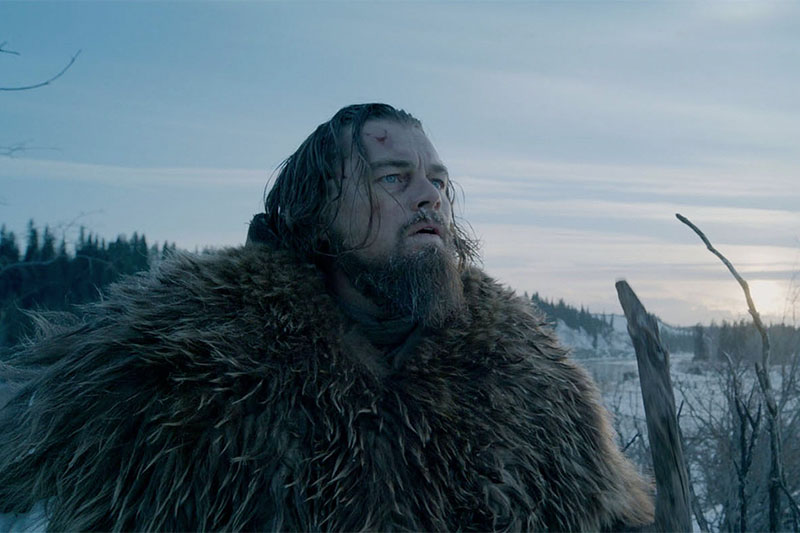





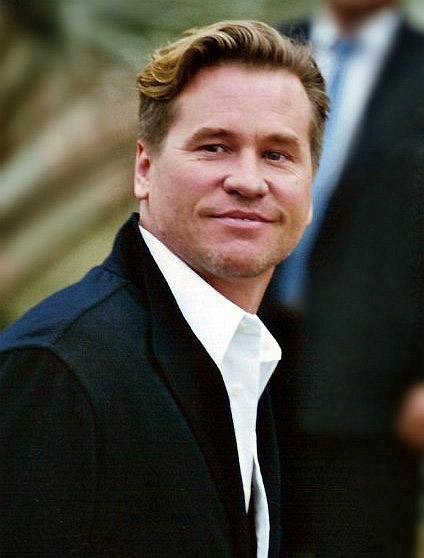
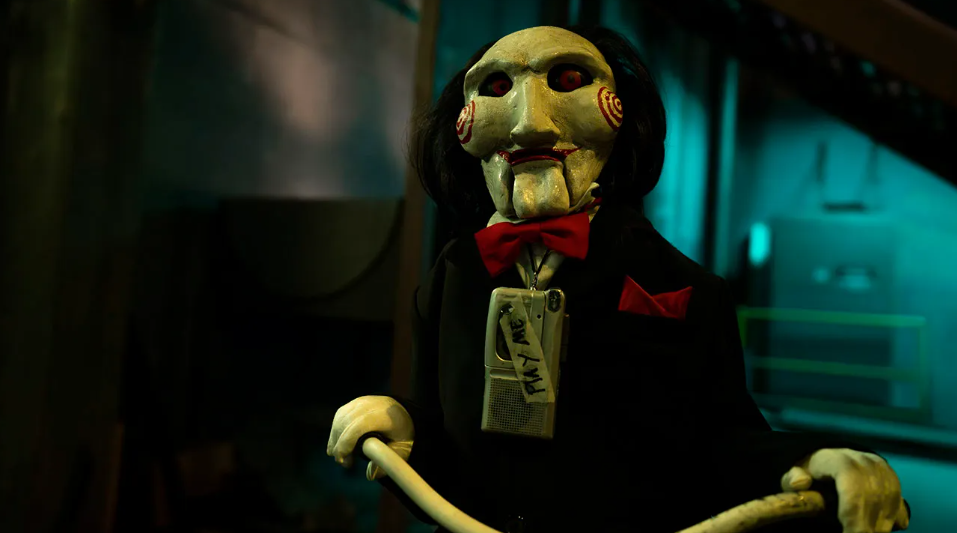
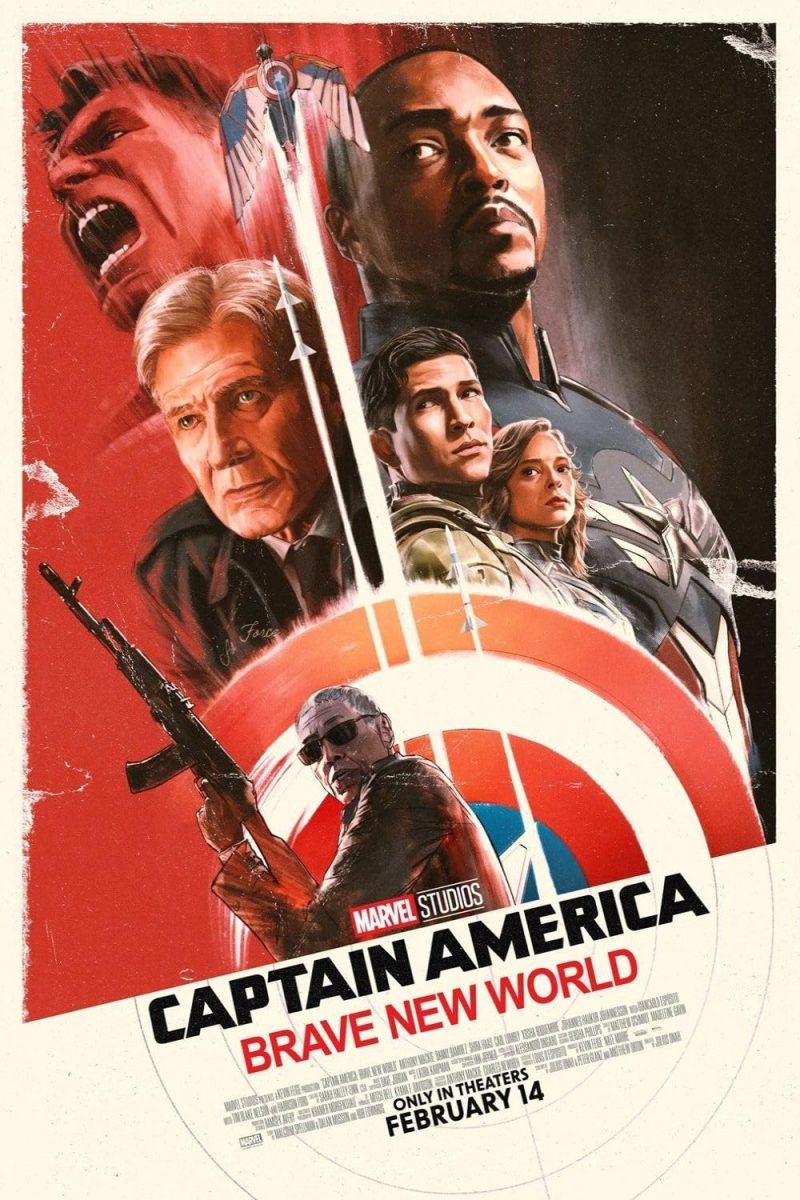
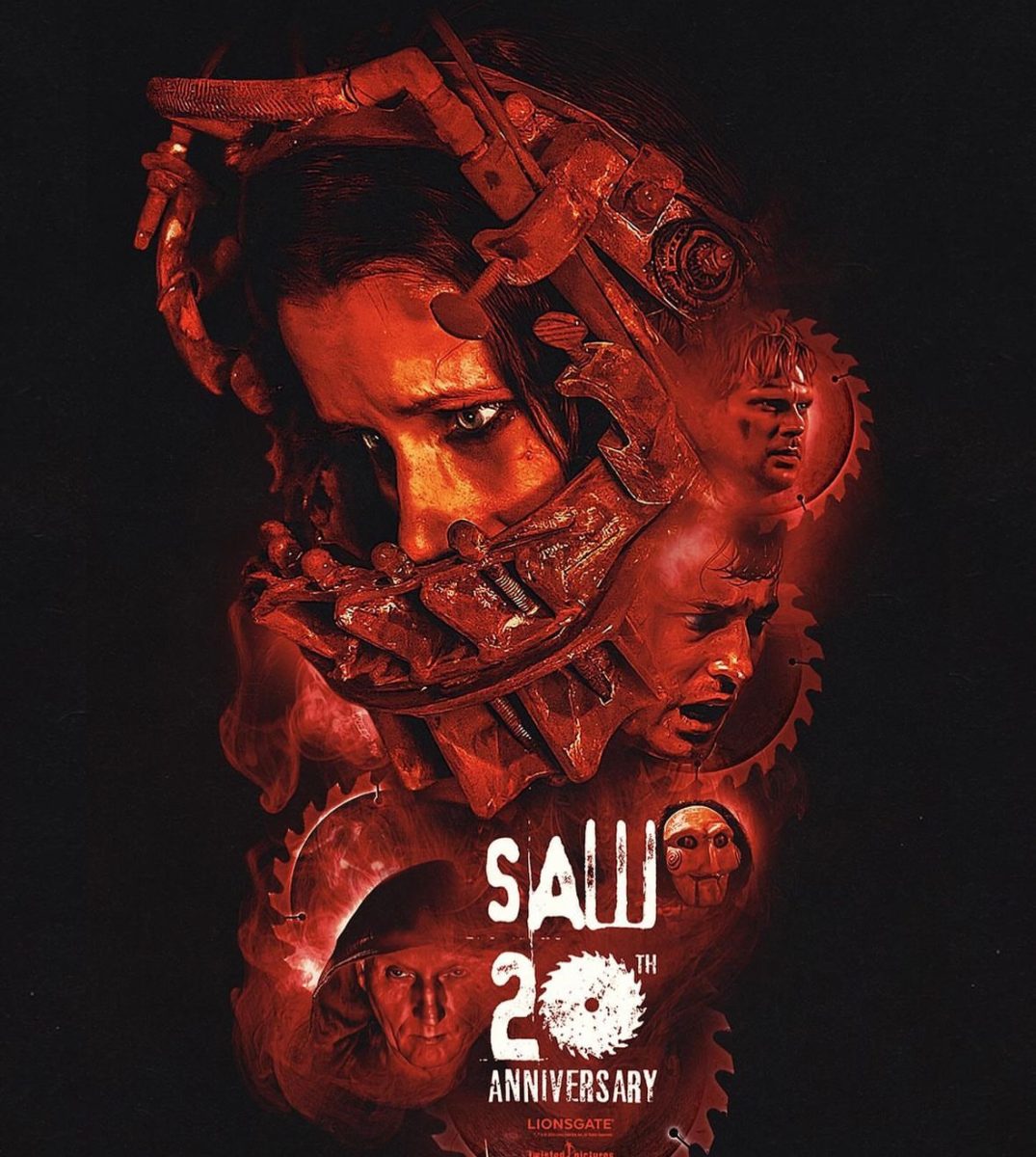
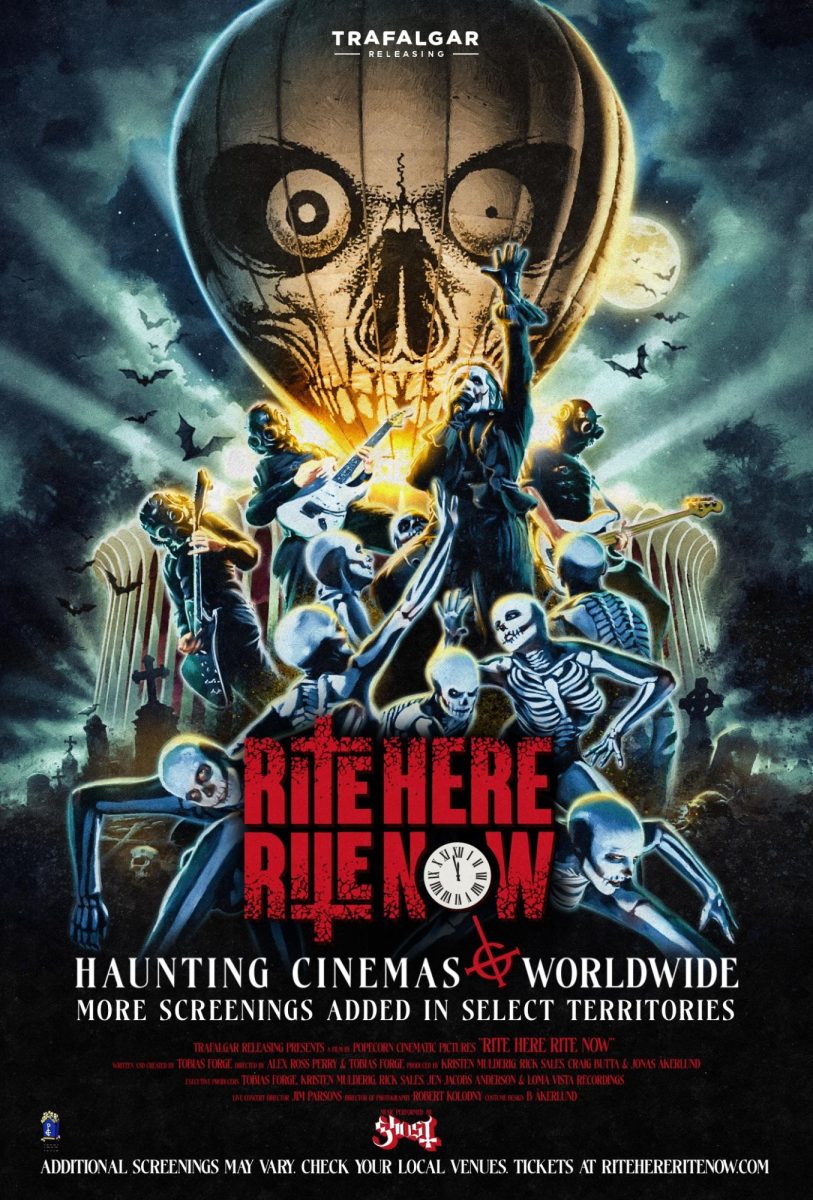
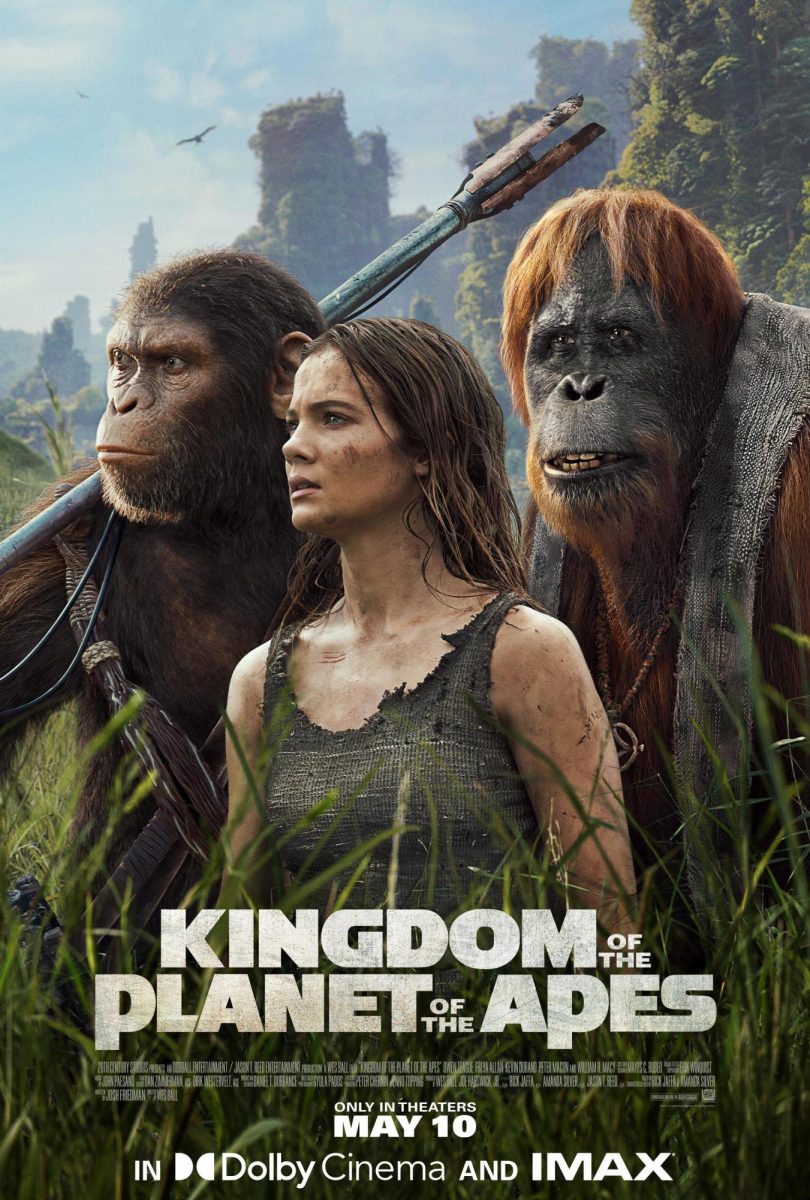


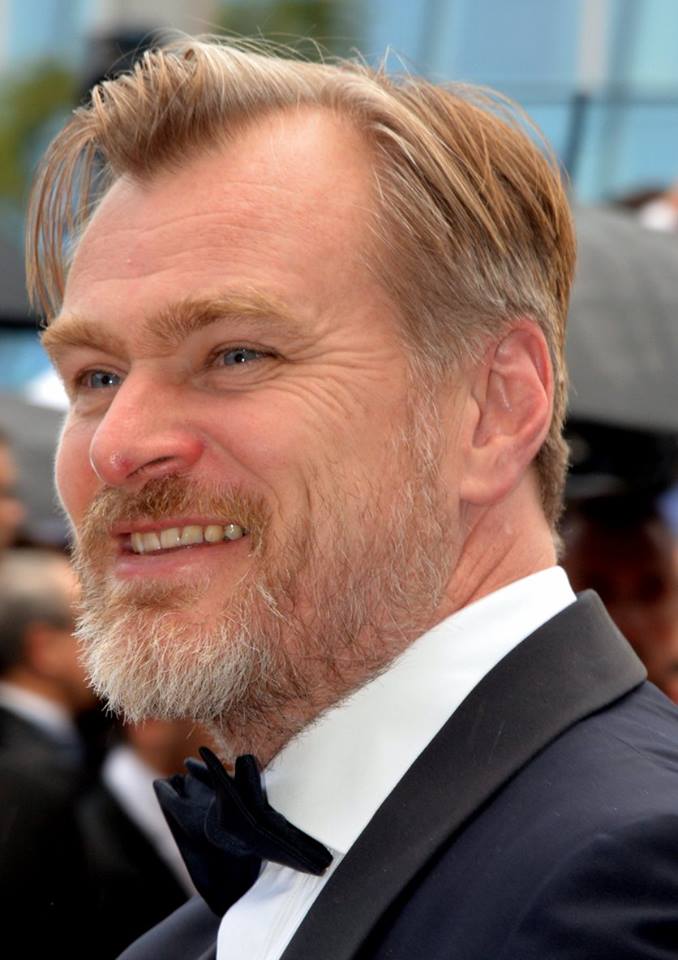



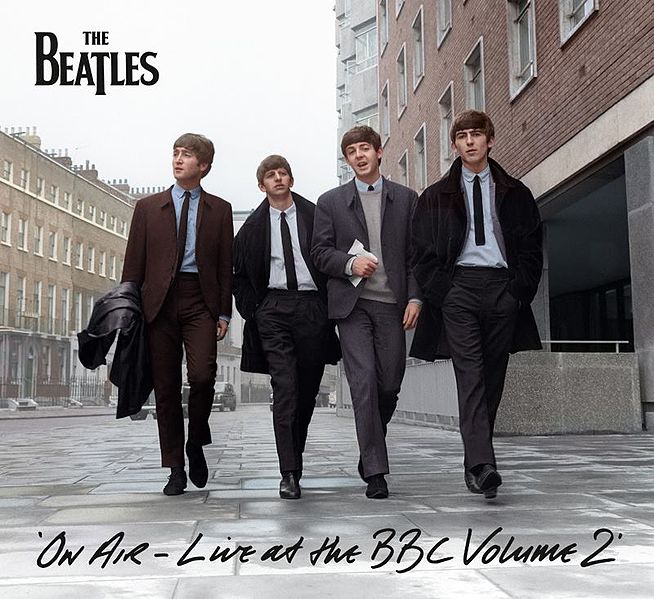
Heather • Sep 9, 2016 at 11:29 am
This is such a great review. thorough and informative. great job Trevor!